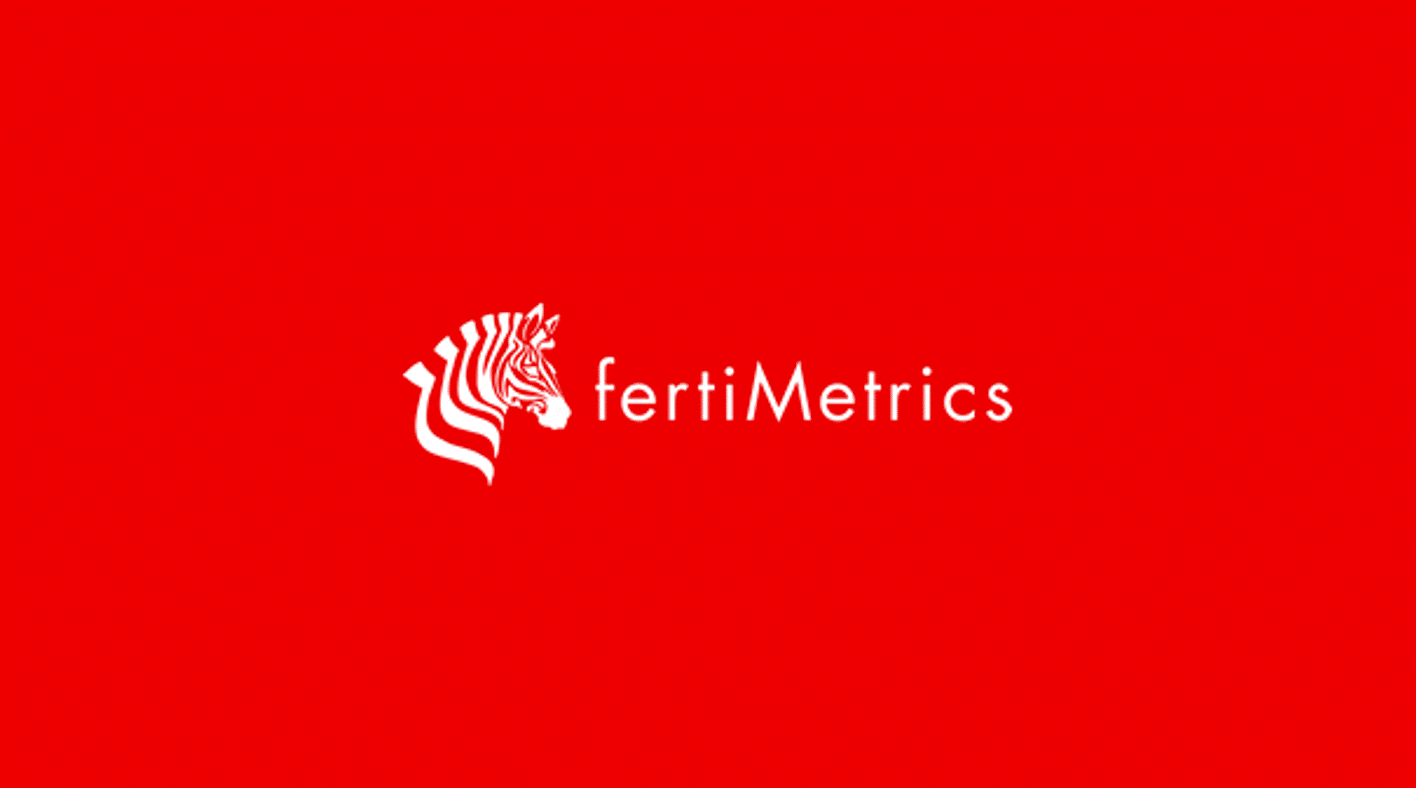Insight Focus
- India announces urea tender for 4th January.
- Reaction has been muted so far.
- India may be seeking to add to stocks while prices are low.
As the fertilizer industry slowly started to settle in for a few days festive season rest, India’s NFL announced a urea tender closing on January 4th with latest shipment date February 28th. There are some divergent views on this tender. Some say that with urea inventories in India hitting the 7 million MT mark, there simply is no need for this tender to take place. The other view is that with the long shipment period India may choose to forward stock now that urea prices are at a low ebb thus securing up to 1.5 million MT.
The reaction to the tender has been mute with no upswing of notice in any major market although Egypt did sell around 21,000 MT at prices hitting USD 340 PMT FOB. Brazil this week was offered prices around the USD 310 CFR mark with little interest. Iran announced official urea FOB at USD 290 PMT although some indicate USD 280 PMT FOB is available. Middle East granular urea is around the USD 315-320 PMT FOB range.
So where does this leave India’s expected CFR Level 1 price? Price indications vary between USD 320-340 PMT CFR subject to who you ask – producers or traders. The issue is that India alone cannot support the urea industry – other major markets like Brazil, the US and Europe, either collectively or individually need to come into the market with noticeable volumes – and if so, the urea price will make a move. Expectations are that the US spring season will need major urea imports but this is still a couple of months away. Analysts are also paying attention to the corn acreage in the US which will determine the amount of urea needed.
In summary, there is length in the urea industry which needs to find a home and India alone cannot help the urea price to rise from the doldrums.
The processed phosphate industry is a different story with limited availability arising from China’s absence from the market which is said to last until the domestic season is over in April 2024. In addition, the uncertainty of the India government’s decision on increased nutrient based subsidy to assist in higher import prices to match international prices, is also pending. Then there is the Red Sea issue where producers and ship owners are turning away from the Suez Canal to the Cape of Good Hope at the southern tip of South Africa which increases sailing times by up to two weeks and at extra costs. According to Chinese statistics, China’s November exports of DAP were up 208% vs last year’s November at 620 KT up from 201.051 MT. Total exports for the January to November period was reported at 4.67 million MT, up 40% Y/Y. MAP November exports were up 12% at 220,000 MT and for the January to November period exports were 1.96 million MT, up 1%. So much for export restrictions!
Potash markets retreated to the festive season with little or no noticeable activity anywhere with prices remaining much unchanged from last week. Granular MOP prices in Brazil remain the same at between USD 310-320 PMT CFR. SE Asian buyers are getting a bit concerned about the Red Sea issue which could lead to higher CFR prices unless producers eat the additional shipping cost with lower FOB values.
January to October Indonesia imports of standard MOP were at 1.753 million MT vs 2.635 million MT Y/Y. Thailand’s January to October imports of granular MOP at 539 KT vs 681 Y/Y. South Korea numbers were 528 KT vs 621 KT and Taiwan at 241 KT vs 314 KT.
The international ammonia market is bracing itself for lower prices in 2024. The January 2024 Tampa settlement between Yara and MOSAIC saw a USD 100 PMT reduction with a conclusion at USD 525 PMT CFR Tampa. It is expected that this price will be further eroded once the 1.3 million MT Gulf Coast Ammonia project commences production at Texas City, near Galveston. This project is owned by the privately held Lotus Infrastructure Partners and German company Mabanaft GmbH, the latter an international trading outfit and logistics provider.
Contract prices in South Korea, Taiwan and China are also expected to ease in 2024.














